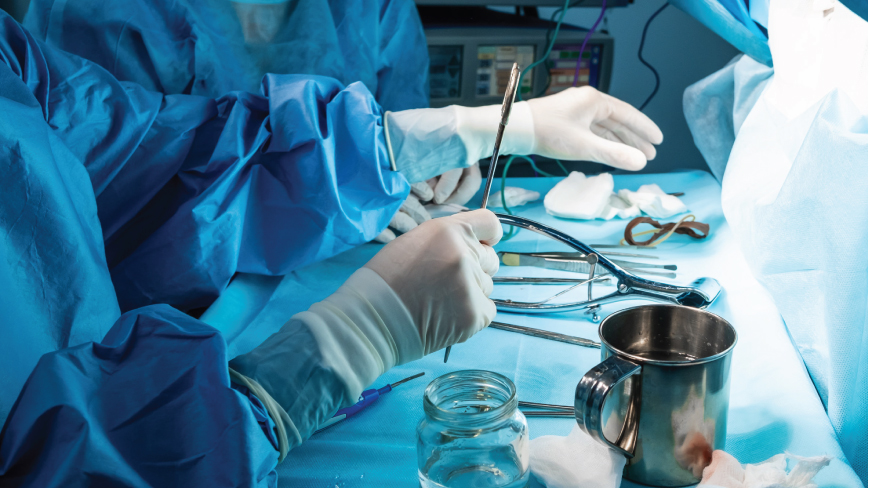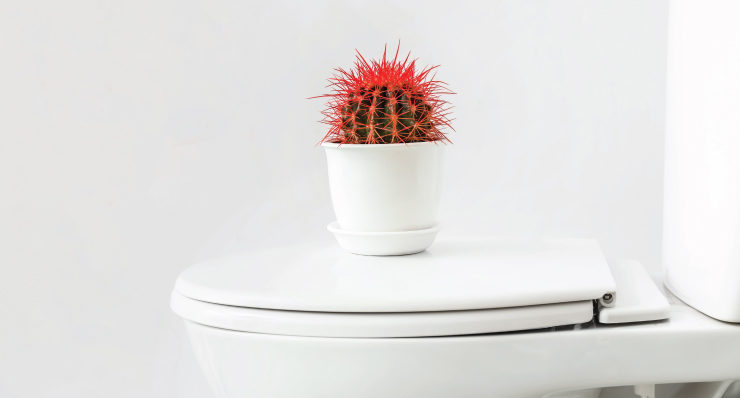
Anal Fissure Surgery
According to general surgeons and colorectal specialists, anal fissures are identified as a common problem in adults and children. The incidence of anal fissures is higher in women compared to men belonging to the ages of 12-24years, while there is a significantly higher incidence in males in the
age group of 55-64 years.
Anal fissure tears or ulcers develop in the opening skin of the anus. Bowel movements involve severe, sharp, searing pains around the anus. The pain lasts for several hours after the bowel movement. The internal and external anal sphincter muscles control the opening and closing of the anus. External anal sphincters can be relaxed and tensed but the internal anal sphincters tend to
go into a spasm due to the pain in the fissure. This increases the pressure around the anus. Quality of life is affected due to the pain.
Generally, a lateral internal sphincterotomy is done for anal fissures. The hypertrophied internal sphincter is cut to release the tension and allow the fissure to heal on its own. Elective fissurectomy is performed along with the lateral sphincterotomy. In such cases, the portion of the internal
sphincter is not included along with the excision. Prior to the procedure, the colon, rectum and anus are inspected completely with a proctosigmoidoscopy.
Technique for Fissure Surgery
A lateral internal sphincterotomy is a simple surgery during
which the sphincter is cut or stretched. The sphincter is the circular group of muscles surrounding the anus that are responsible for controlling bowel movements. During the procedure, the surgeon makes a small incision in the internal anal sphincter. The aim of this incision is to release the tension of the sphincter. When the pressure is too high, anal fissures are unable to heal.
This procedure involves the usage of a no.11 scalpel. The intershpinteric groove is palpated manually and a blind lateral subcutaneous internal anal sphincterotomy is carried out. The blade is rotated medially and drawn out cutting the internal anal sphincter. Care is taken to preserve the anal mucosa overlying the sphincterotomy. The anal mucosa is palpated after the knife is removed.

